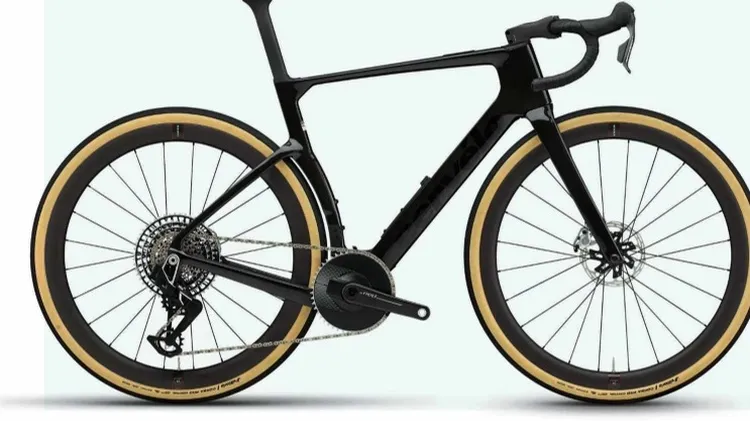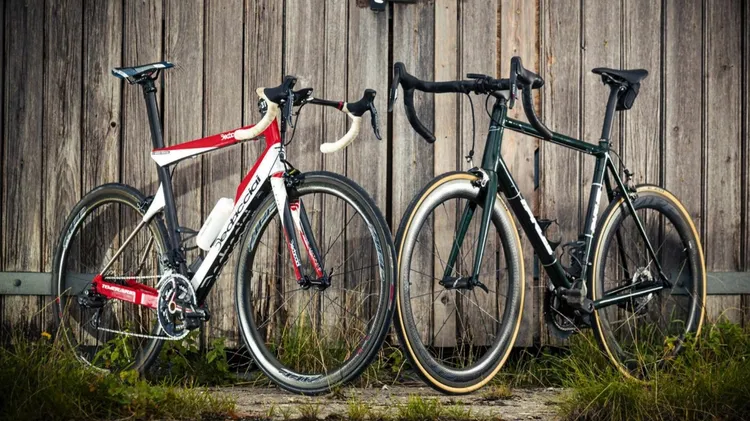We can’t help obsessing over the weight of our bikes, but we really
Weight doesn’t matter
3 min read
This article is from...
Read this article and 8000+ more magazines and newspapers on Readly






